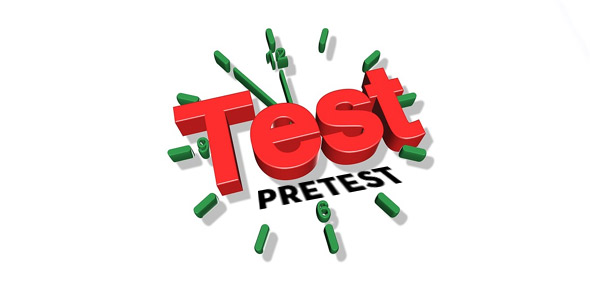2w1 7 Level Pretest 1 Of 2
- AFI 90-1001
2.
You may optionally provide this to label your report, leaderboard, or certificate.
×
Thank you for your feedback!
















